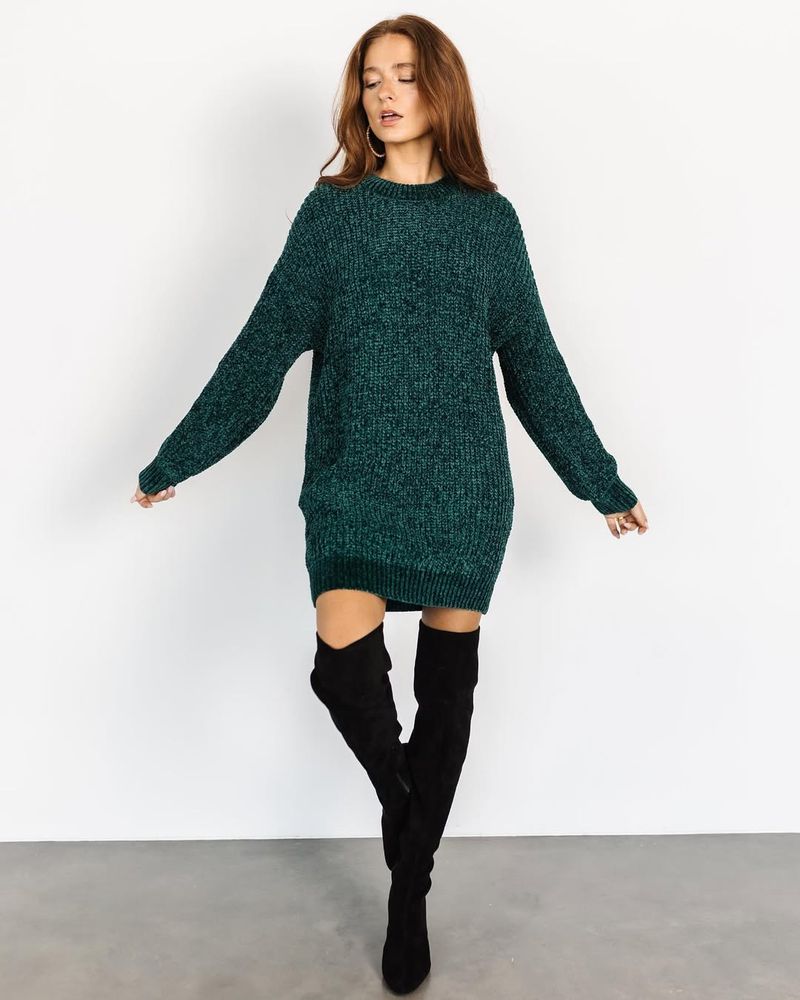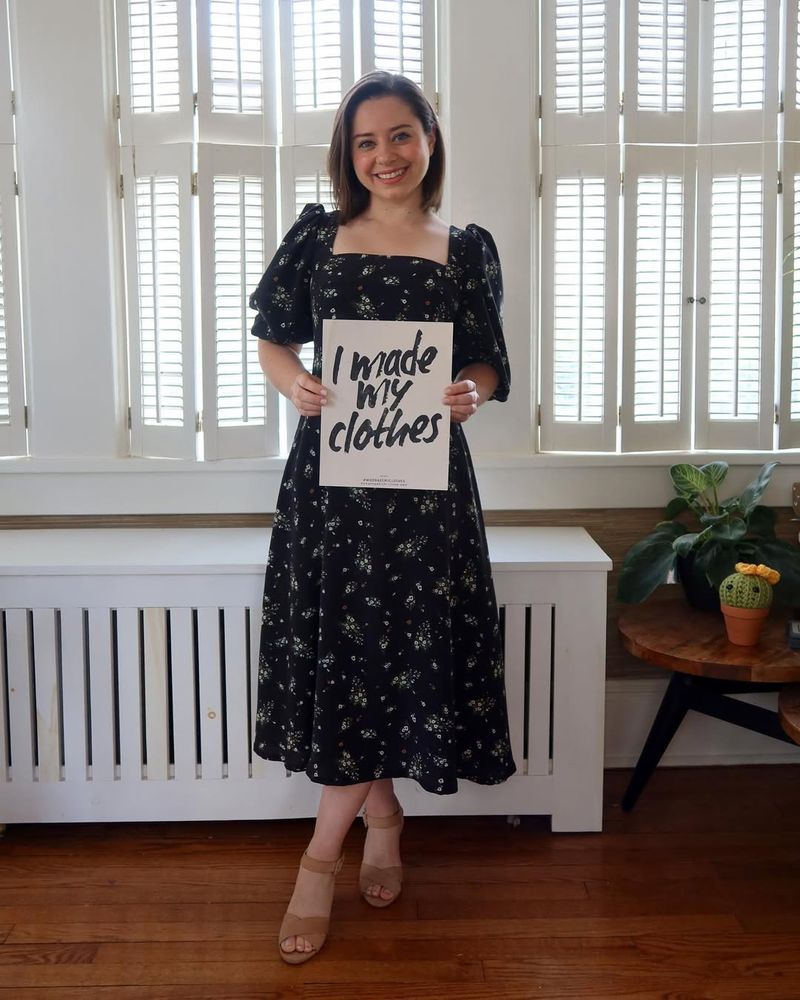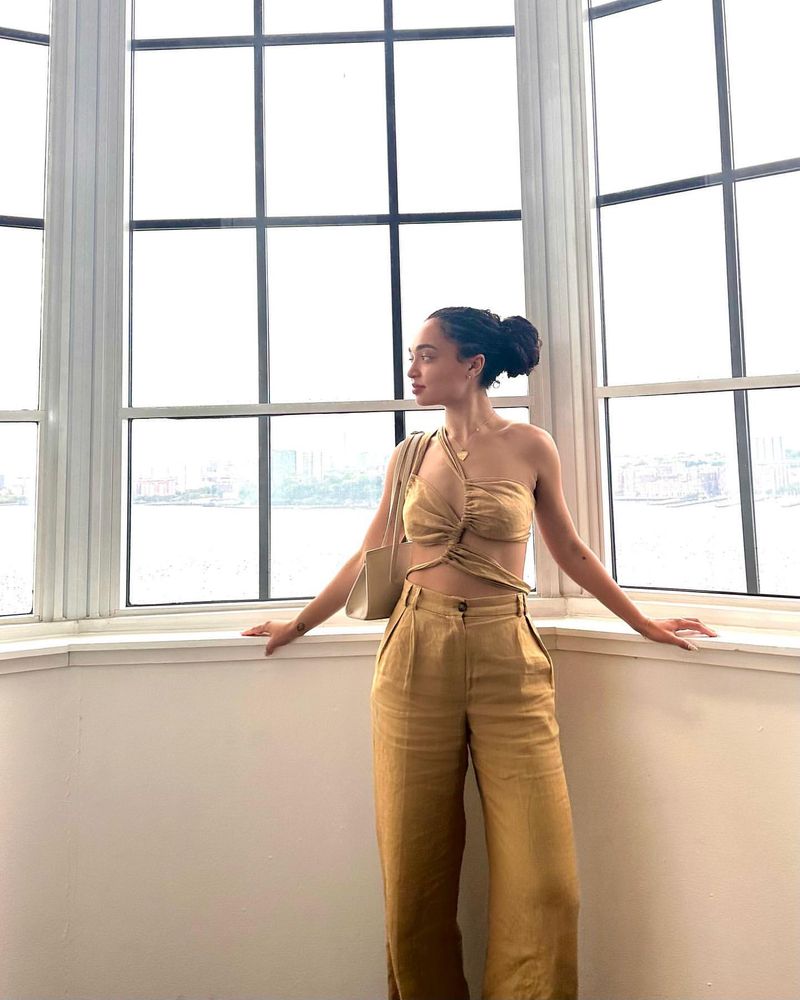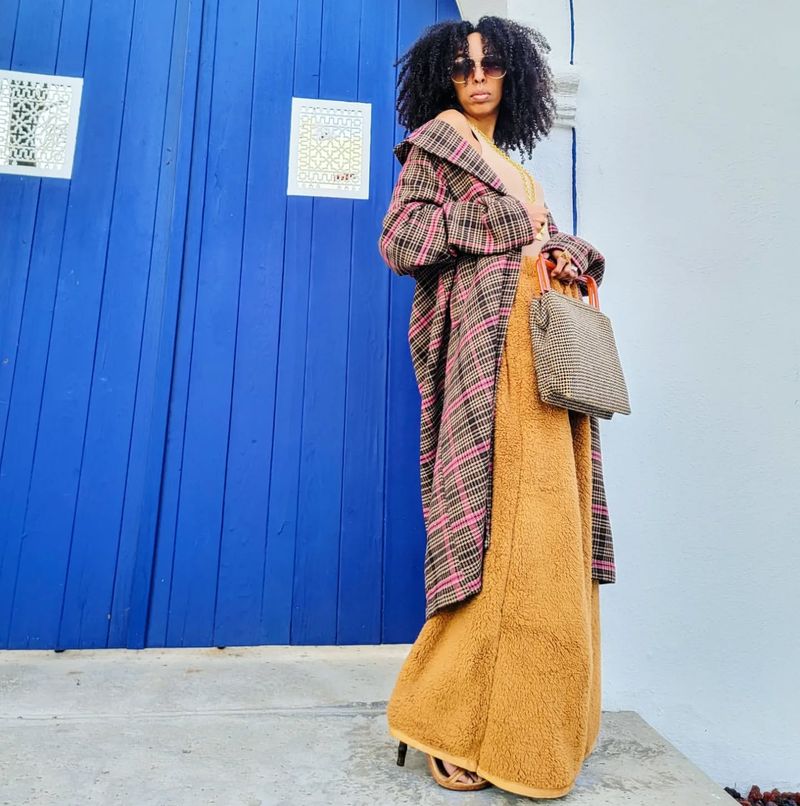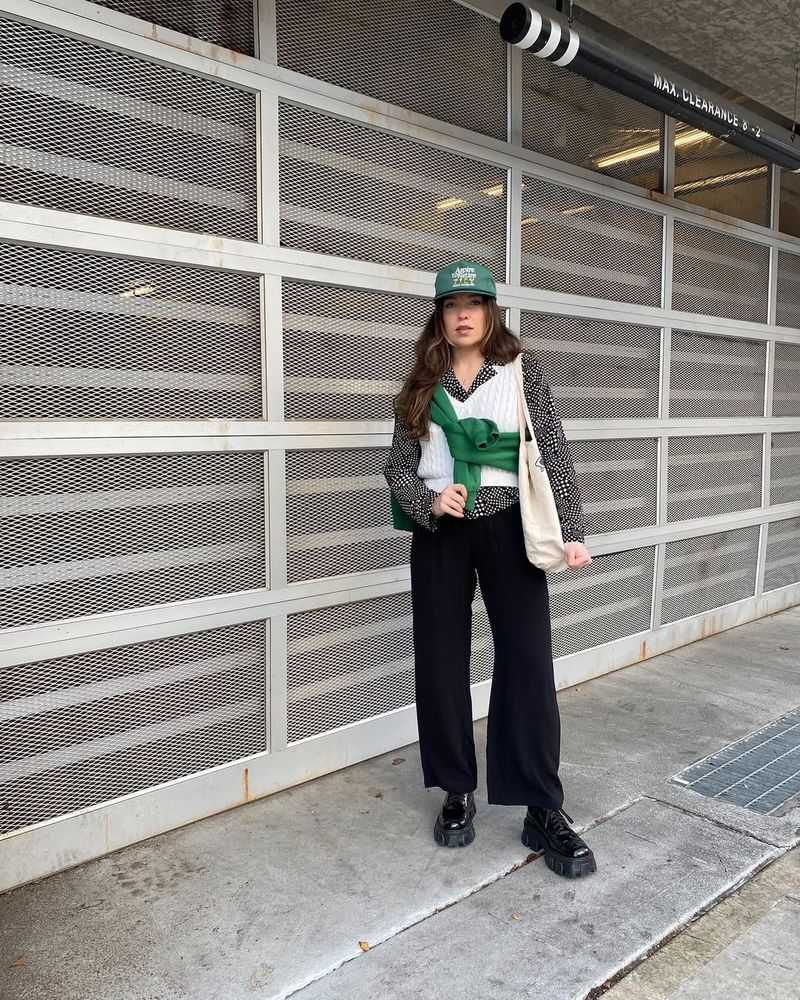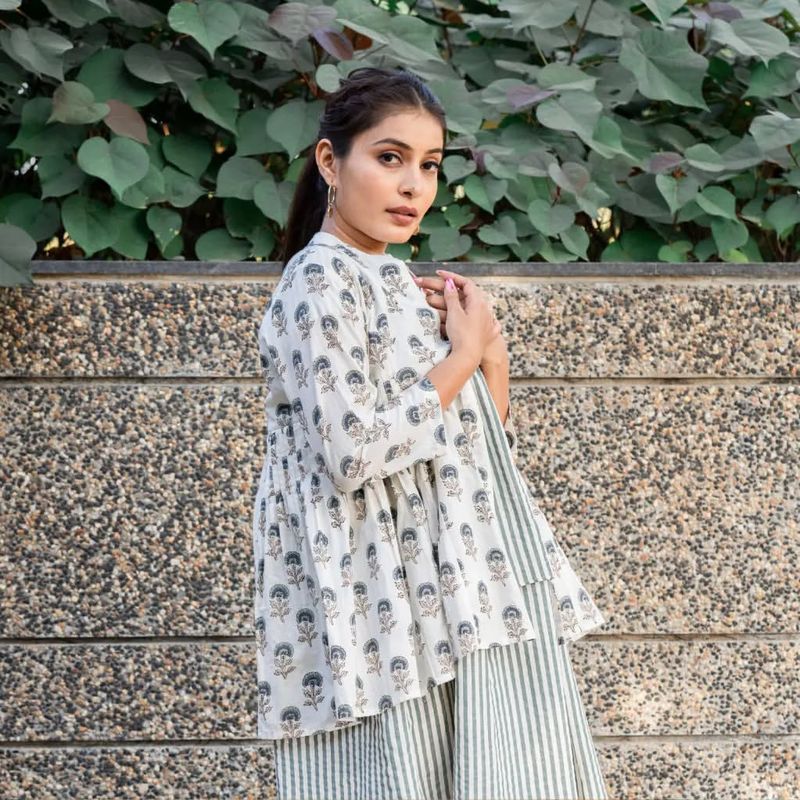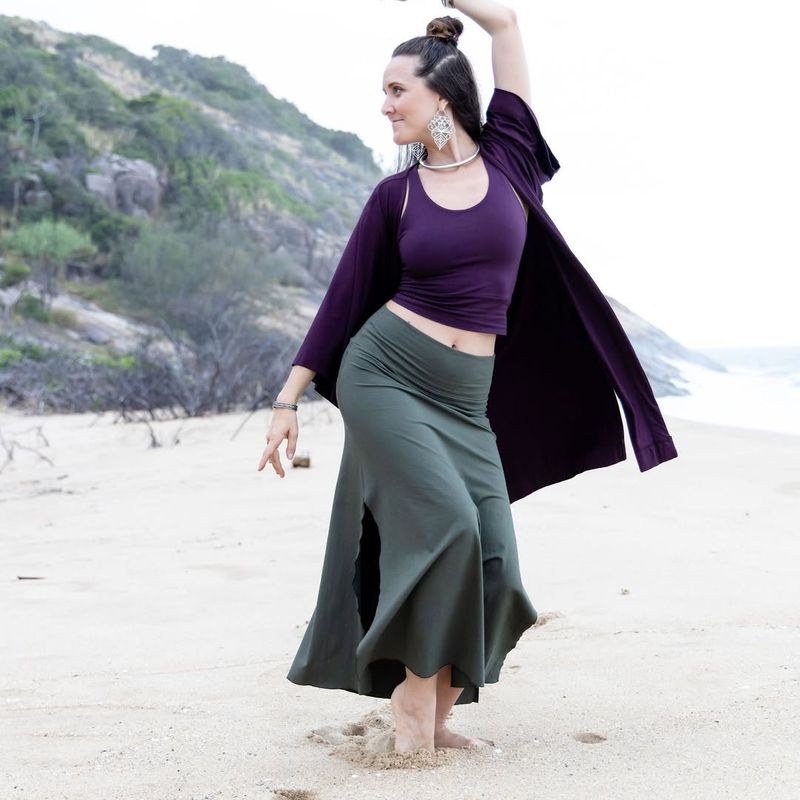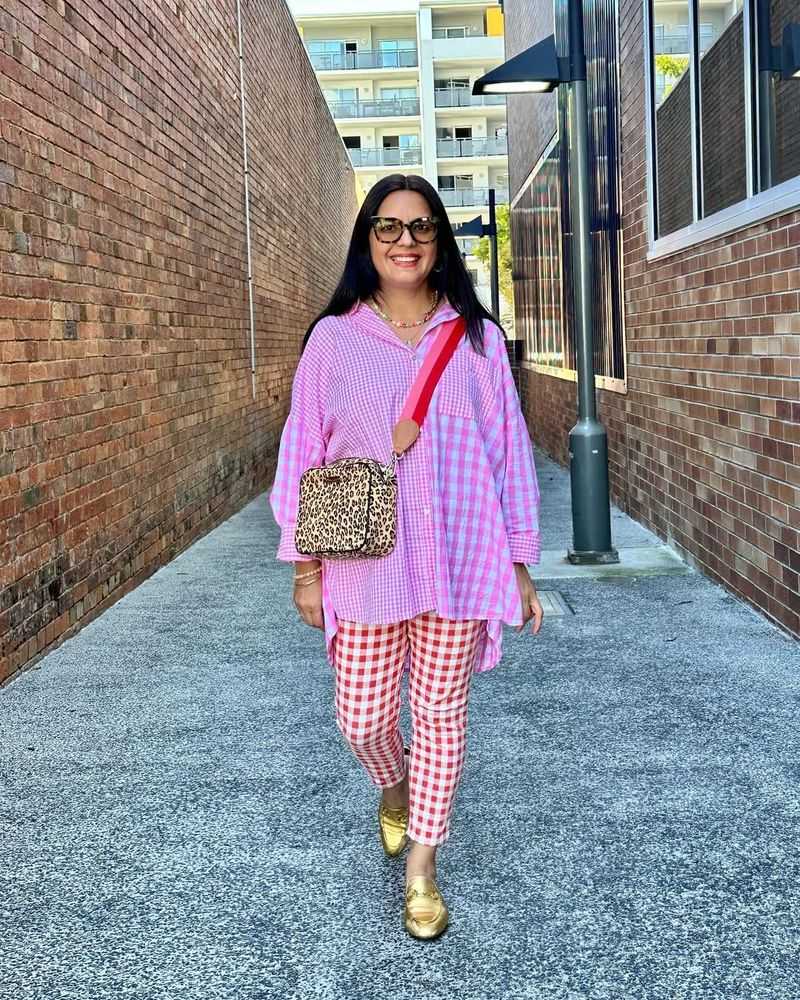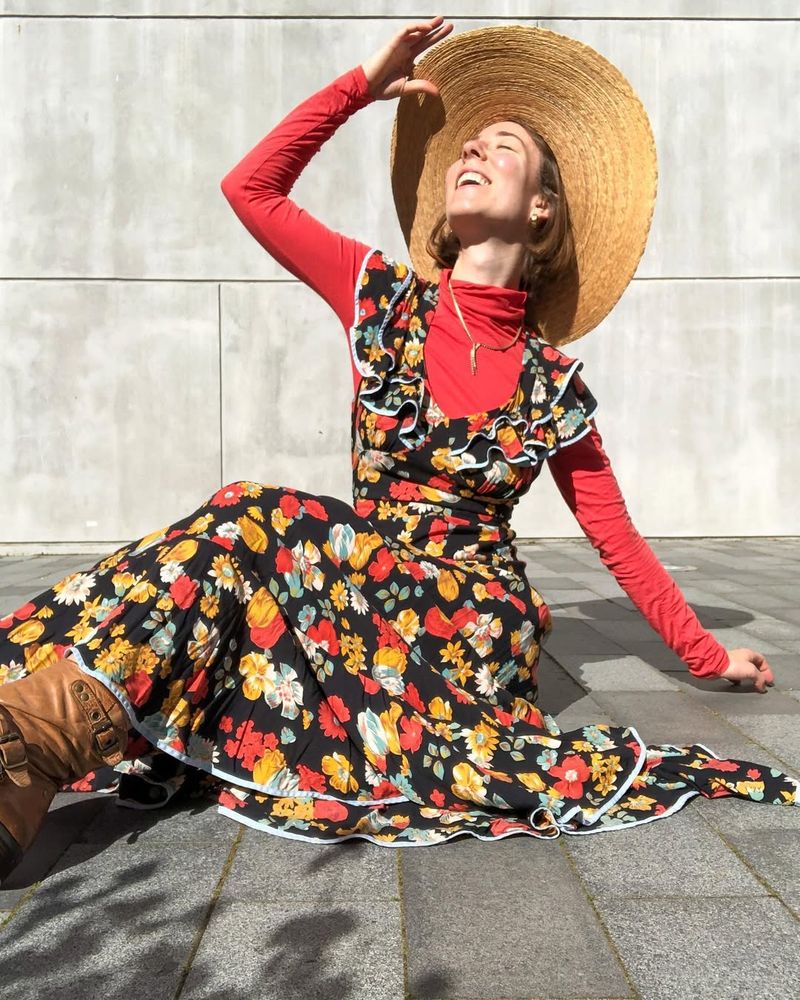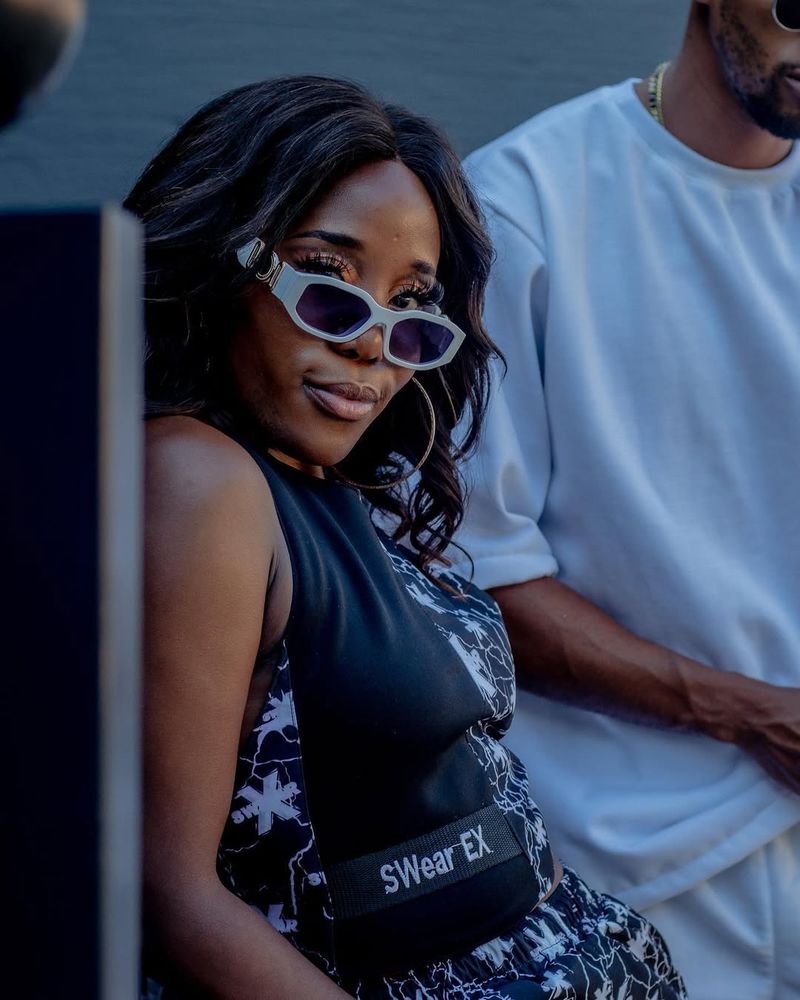The 10 Biggest Trends In Sustainable Fashion Right Now
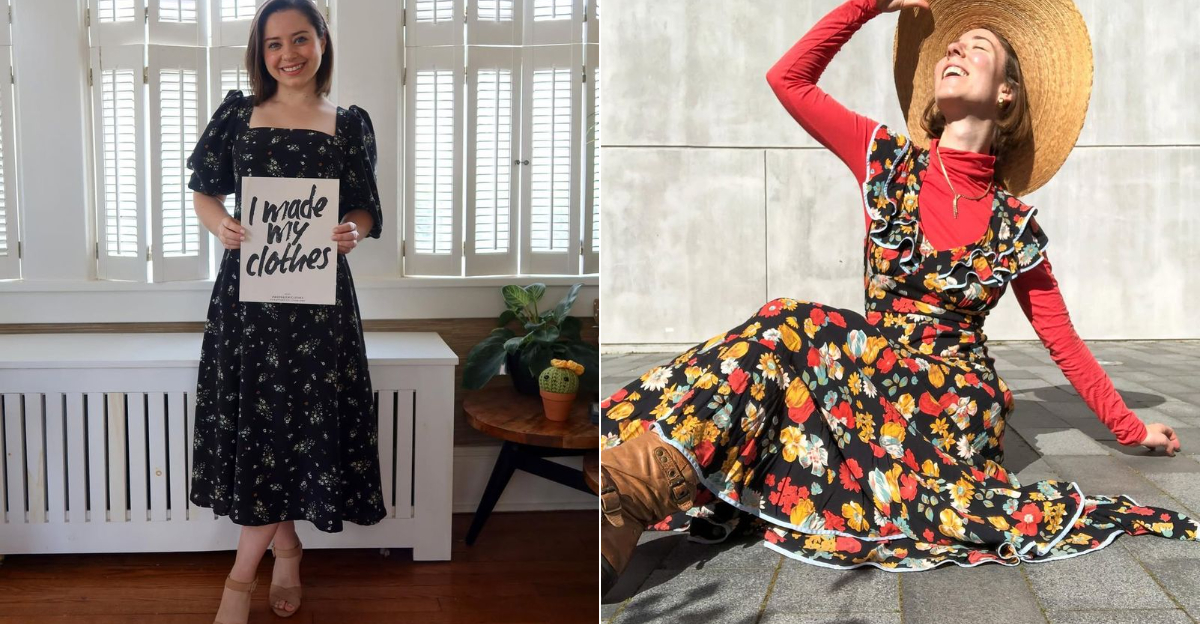
The fashion world is experiencing a transformative shift toward sustainability, and it’s more exciting than ever!
Designers are embracing eco-friendly approaches, creating trends that are both stylish and kind to the planet.
From innovative materials to circular fashion, these trends are shaping a more sustainable future. Explore these groundbreaking trends that are revolutionizing the fashion industry and discover how to incorporate sustainability into your wardrobe!
1. Green Dream Materials
Fashion enthusiasts are now dreaming in green with fabrics made from algae. This innovative material is not only eco-friendly but also surprisingly stylish. Imagine a wardrobe that doesn’t harm the planet!
These fabrics are set to revolutionize our closets, offering both sustainability and style. The future is bright and green! Picture a shirt that absorbs CO2 and produces oxygen.
Yes, it’s happening! Designers are drawing inspiration from nature, creating fabrics that blend technology and ecology, resulting in garments that are both breathable and biodegradable.
It’s more than just fashion. It’s a step towards a greener future.
2. Fashion Revolution
The fashion revolution is here, and it’s raising a flag of change.
Young activists are challenging industry norms, pushing for ethical production and transparency. They are the driving force behind a movement that demands brands reveal their manufacturing processes.
Through social media and community engagement, these trailblazers are making waves worldwide. Their message is clear: we need fashion that respects both people and the planet
3. Trends in Sustainable Fashion
Sustainable fashion trends are weaving a new story in the industry. The focus is shifting towards upcycling and repurposing—turning the old into something fabulous!
Designers are embracing creativity, using discarded materials to craft unique pieces. This trend is not only eco-friendly but also economically smart.
Trendsetters are showing that style doesn’t have to come at the cost of the environment. With each recycled thread, they’re stitching a narrative of innovation and responsibility.
4. Upcycling Wonders
Upcycling is the new black in sustainable fashion.
Designers are turning old clothes into stylish pieces, giving new life to forgotten garments. In a world craving the new, upcycling brings a refreshing approach to creativity and sustainability.
It proves that ‘One person’s trash is another’s treasure.’ By reimagining discarded items into fashionable pieces, upcycling reduces waste and enhances style. How can you incorporate upcycling into your wardrobe?
It’s a win-win for both style and sustainability!
5. The Ultimate Platform
Online platforms for sustainable fashion are popping up everywhere.
These digital marketplaces offer everything from ethical brands to vintage finds, making eco-friendly options easily accessible.
These platforms are transforming how we shop, allowing consumers to support fair trade and environmental responsibility.
It’s a shopping experience that satisfies fashion cravings while contributing to a greater cause.
6. Diversity in Design
Diversifying design is weaving inclusivity into sustainable fashion.
Designers from diverse backgrounds blend cultural influences with eco-friendly practices, creating innovative and unique collections.
This trend celebrates individuality while promoting environmental awareness. By embracing diversity, the fashion industry is shaping a more inclusive and creative future.
How can you incorporate diverse, sustainable pieces into your wardrobe?
7. Conscious Consumerism
Conscious consumerism is at the heart of sustainable fashion.
Shoppers are becoming more informed and selective, choosing brands that align with their values. This trend emphasizes quality over quantity, encouraging consumers to invest in timeless pieces.
Conscious consumerism isn’t just about buying. It’s about making mindful choices that benefit the planet. Every purchase tells a story of commitment to sustainability.
This shift in consumer behavior is driving brands to adopt more eco-friendly practices. That way, it creates a ripple effect that influences the entire fashion ecosystem.
8. Circular Thinking
This is closing the loop in fashion, promoting a cycle of reuse and regeneration. The trend focuses on designing clothes with their end-of-life in mind.
By using recyclable materials, designers ensure that garments never become waste. It’s fashion with a conscience!
Circular thinking encourages brands to innovate by creating products that can be disassembled and repurposed. This approach not only conserves resources but also inspires a new way of thinking about fashion.
It’s a step towards a more sustainable future, where fashion doesn’t end up in landfills but lives on through endless possibilities.
9. Sustainable Style
Sustainable style is changing what it means to be fashionable. It’s about looking good while doing good. Designers are creating pieces that are both beautiful and eco-friendly.
By choosing sustainable style, you’re making a statement that goes beyond the runway. It shows that fashion can be both ethical and elegant.
Sustainable style is here to stay—how will you make it a part of your wardrobe?
10. Localism
Localism celebrates community and local resources. By supporting local artisans and materials, this trend reduces carbon footprints and boosts regional economies.
It’s about connecting makers and wearers through unique, handmade pieces that tell a story.
By buying local, you’re investing in your community and promoting sustainability.
How can you support local artisans and make fashion more personal and purposeful?

